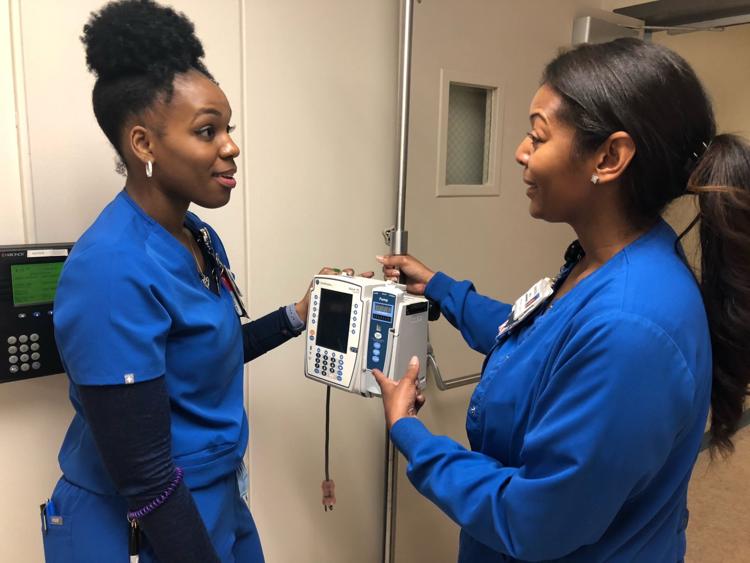by Courtney Randolph | Aug 7, 2019 | Other, Topics of Interest
What happened in health workforce policy and what’s on the docket? The dust has settled from Indiana’s 2019 Legislative Session and we want to provide you with a recap of major changes in the health workforce policy realm. With 2019 being a “long session” (AKA a...
by Hannah Maxey | Apr 22, 2019 | Other
At first blush you may wonder how workforce shortages and wellness could possibly be related. Workforce shortages contribute to the wellness of providers and the populations they serve. From the provider perspective, the symptoms of workforce shortages may sound like...

by Sierra Vaughn | Feb 26, 2019 | Topics of Interest
Why it matters Improving diversity among health professionals has been an important initiative for decades. Increased diversity in the health care workforce has demonstrated benefits to improved health outcomes. Besides creating a workforce more representative of the...

